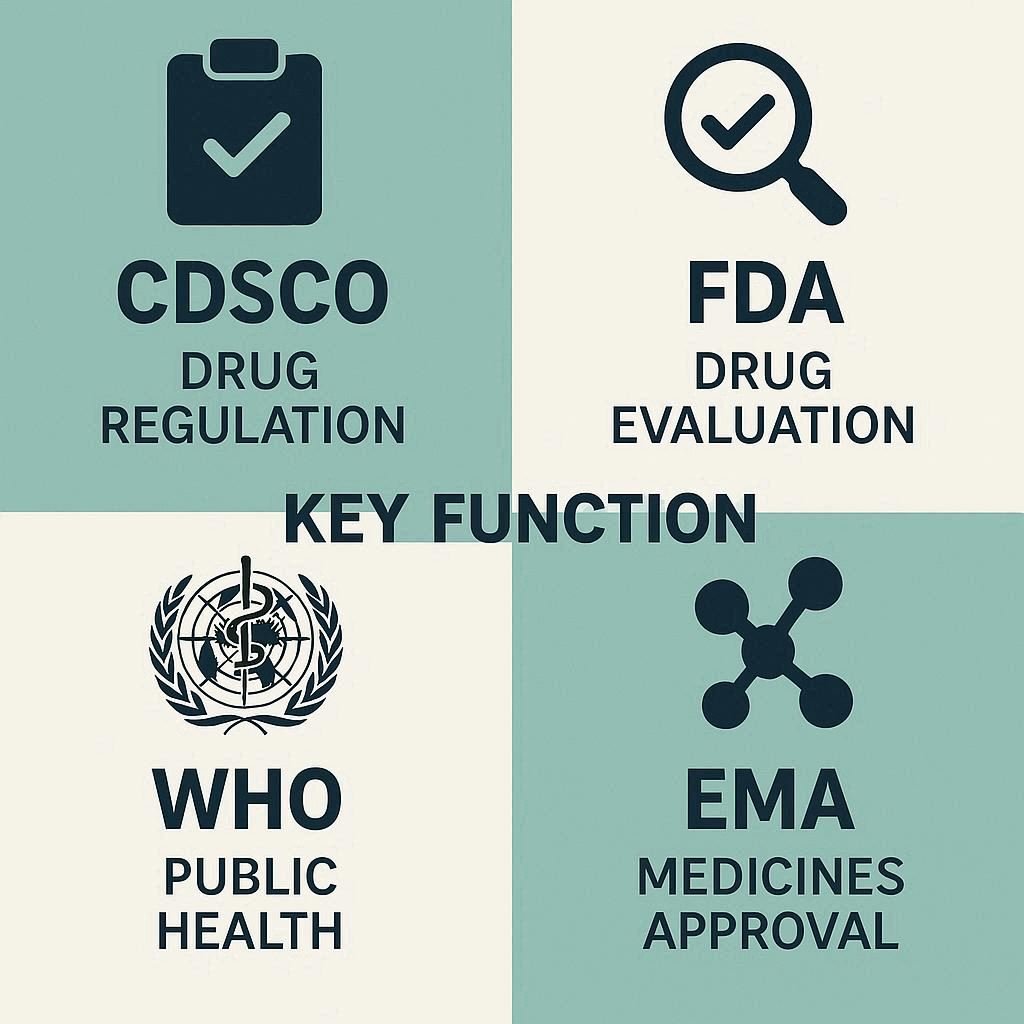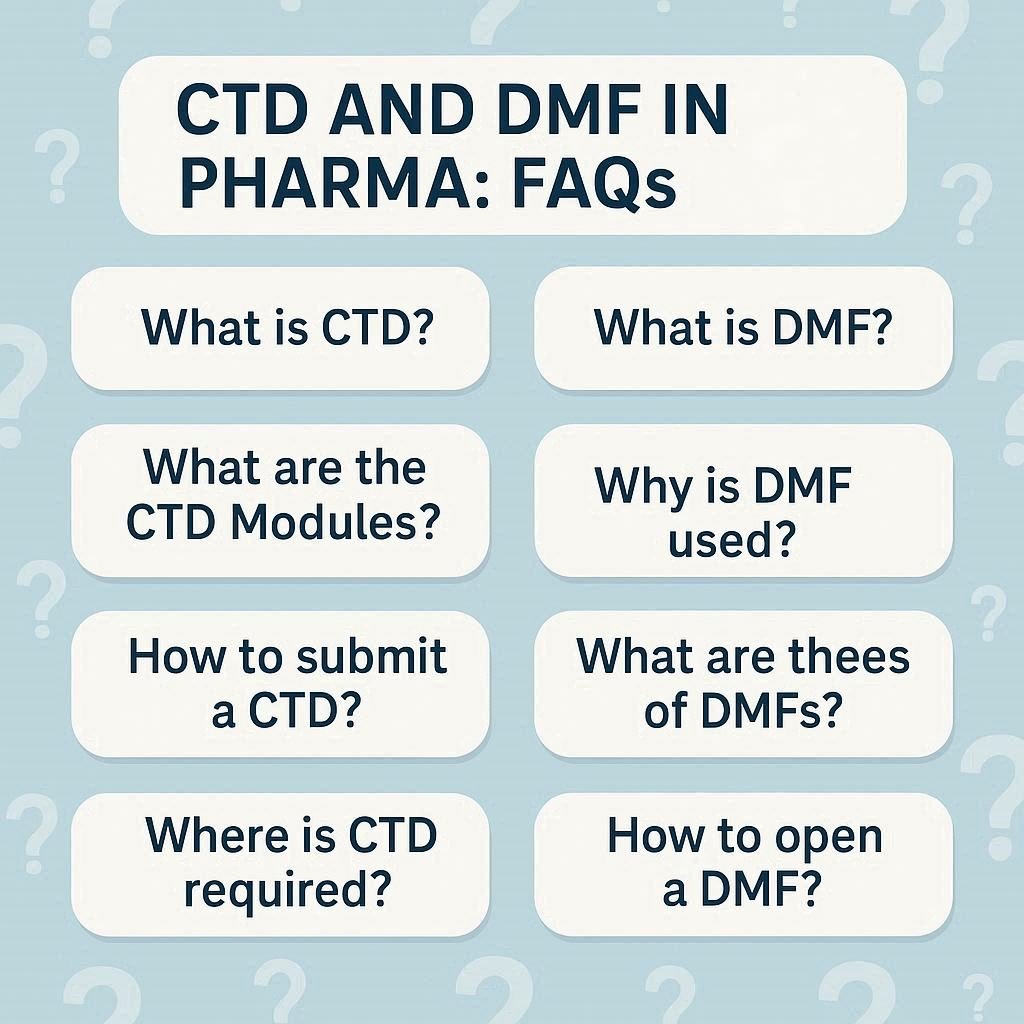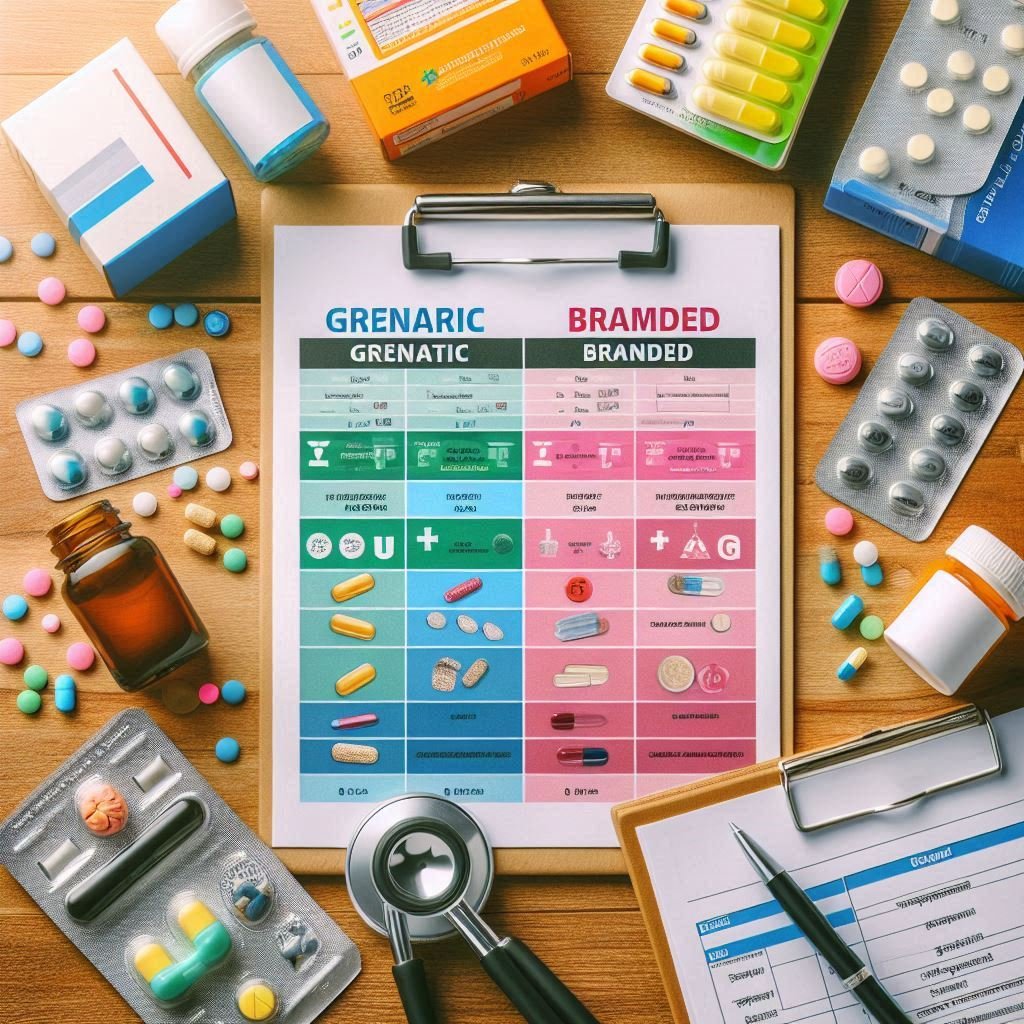
Major Pharmaceutical Regulatory Agencies include the U.S. Food and Drug Administration (FDA), the European Medicines Agency (EMA), Japan’s Pharmaceuticals and Medical Devices Agency (PMDA), India’s Central Drugs Standard Control Organisation (CDSCO), and the UK’s Medicines and Healthcare products Regulatory Agency (MHRA). These national and international bodies are responsible for ensuring the safety, efficacy, and quality […]
Read More
CTD and DMF are related but distinct in drug regulation. The CTD is the standardised format for submitting regulatory applications, while a DMF is a specific submission that provides confidential details about a drug’s manufacturing process. In essence, the CTD defines the structure of the application, and the DMF contains the confidential information about an […]
Read More
Change control manages planned modifications to processes or systems through a formal approval process, ensuring quality and risk mitigation. In contrast, a deviation is an unplanned, unexpected departure from established procedures that requires investigation and often leads to Corrective and Preventive Actions (CAPA) to address the issue and prevent recurrence. Change Control Vs Deviation in […]
Read MoreThe query “ALCOA vs ALCOA+ vs ALCOA++” refers to the evolving data integrity standards: ALCOA outlines the core principles—Attributable, Legible, Contemporaneous, Original, and Accurate; ALCOA+ adds Complete, Consistent, Enduring, and Available; and ALCOA++ further includes Traceable, emphasising a comprehensive audit trail. ALCOA vs ALCOA+ vs ALCOA++: FAQs ALCOA vs ALCOA+ vs ALCOA++ Principle ALCOA ALCOA+ […]
Read MoreA Pharmaceutical Technical File is a detailed compilation of documents that proves a product’s compliance with applicable regulations and standards. It is a mandatory requirement for many products, especially those requiring CE marking within the European Union. The file serves as crucial evidence of the product’s safety, efficacy, and overall performance. Technical File document acts […]
Read MoreDiscover the importance of Change Control in pharmaceuticals—its definition, purpose, process, guidelines, and benefits. Learn how it ensures product quality and regulatory compliance.
Read More
Learn counterfeit medicines., definition, types, safety concerns, detection procedures, impacts on businesses, and what can be done to prevent them.
Read MoreEvaluation of a pharmacopoeial monograph involves systematically assessing whether a drug substance or product complies with the quality standards outlined in the relevant pharmacopoeia (e.g., USP, EP, BP). This process ensures that marketed medicines meet established criteria for identity, strength, quality, and purity, safeguarding public health. Evaluation typically includes verifying the product’s conformity with the […]
Read MoreProcess validation and product validation are distinct yet complementary activities essential to ensuring quality in pharmaceutical manufacturing. Process validation confirms that the manufacturing process consistently yields products meeting predefined specifications, while product validation verifies that the final product meets its intended use and quality requirements. In pharmaceutical development, both the drug and its manufacturing process […]
Read More21 CFR (Title 21 of the Code of Federal Regulations) is the section of U.S. federal law that outlines FDA-enforced rules and guidelines for the regulation of food, drugs, medical devices, and related products. In the pharmaceutical and medical device industries, regulatory compliance isn’t merely a best practice—it’s a legal requirement. The U.S. Food and […]
Read MoreCMC (Chemistry, Manufacturing, and Controls) filing is a key component of regulatory submissions, detailing a drug’s composition, manufacturing process, and quality controls. It enables authorities like the FDA and EMA to assess product safety, consistency, and compliance prior to market approval. In the pharmaceutical development, Chemistry, Manufacturing, and Controls (CMC) represents a crucial pillar of […]
Read MoreLearn Non-Disclosure Agreement (NDA) to protect sensitive information, build trust, and secure your business collaborations
Read MoreLearn the key differences between NDA and ANDA, their definitions, approval processes, and how they impact drug development and generic drug marketing in the pharmaceutical industry.
Read MoreRegulatory submissions in the pharmaceutical industry are categorised by development stage, product type, and regulatory authority, including INDs, NDAs, ANDAs, DMFs, and the CTD/eCTD format. The development of a pharmaceutical product, from the lab bench to the pharmacy shelf, is a long, complex, and highly regulated process. To ensure safety, efficacy, and quality, pharmaceutical companies […]
Read More
Learn Generic vs Branded Medicines, definition, key differences, and why generic medicines are cheaper with FAQs
Read MoreLearn about risk assessment in pharma, including 5 key methods, how they’re used in drug development, and how they help ensure product safety, regulatory compliance, and quality
Read MoreLearn about process validation in the pharmaceutical industry, its principles, types, and key case studies. Understand its importance for ensuring product quality, regulatory compliance, and patient safety.
Read MoreDiscover the key differences between qualification and validation in the pharmaceutical industry, including real-world case studies, regulatory insights, and FAQs to ensure GMP compliance
Read MoreThe key difference between GMP and cGMP is that GMP (Good Manufacturing Practices) refers to established guidelines for manufacturing quality products, while cGMP (current Good Manufacturing Practices) emphasises the ongoing implementation of up-to-date technologies, practices, and regulations to ensure product quality and compliance with evolving industry standards. In this blog, I will discuss the key […]
Read MoreBoth GLP and GMP are the critical pillars of regulatory compliance. GLP (Good Laboratory Practice) applies to research and development activities, ensuring quality and reliability in testing, while GMP (Good Manufacturing Practice) governs manufacturing processes to ensure product quality and safety. Each GLP and GMP plays a unique role in different phases of drug development-from […]
Read MoreOOS Vs OOT, explore their advantages, and gain insights through case studies and FAQs—essential knowledge for pharma professionals in 2025
Read MoreLearn what is pharmaceutical audit , why it’s essential, and explore a detailed GMP audit checklist to ensure compliance, quality, and regulatory readiness.
Read MoreLearn key differences between audit and inspection in the pharmaceutical industry. Learn with a real-life case study, practical insights, and FAQs to ensure compliance and regulatory readiness
Read MoreLearn difference between External Audit and Internal Audit with FAQs
Read MoreLearn how to handle FDA warning letters with expert tips, common causes, real case study, and proven compliance solutions to protect your business
Read MoreExplore the vital role of regulatory affairs in drug development—from discovery to FDA approval—with insights, key steps, and FAQs
Read MoreLearn How to design specifications of pharmaceuticals with case studies and FAQs
Read MoreFDA Certificate
Read MoreLearn about Form 483, Form 482, Form 484, EIR, OAI, NAI, and VAI with FAQs
Read MoreLearn QMS (Quality Management System) in pharmaceuticals, it key components with FAQs
Read MoreLearn the importance of compliance and data integrity in pharmaceutical development to ensure drug safety, regulatory approval, and trust
Read MoreLearn FDA's Artificial Intelligence Guidelines for Drug Development, covering key regulations, validation processes, ethical considerations, and the future of AI in pharmaceutical innovation
Read MoreLearn what is Pharmaceutical Regulatory Affairs and its role in Ensuring Drug Safety and Market Access
Read MoreLearn Artificial Intelligence (AI) in Drug Discovery and development, with faster processes, lower costs, and a real-world case study from Insilico Medicine
Read MoreLearn about DMF (Drug Master File), including its types, content, requirements, filing process, and advantages.
Read MoreQuick Links